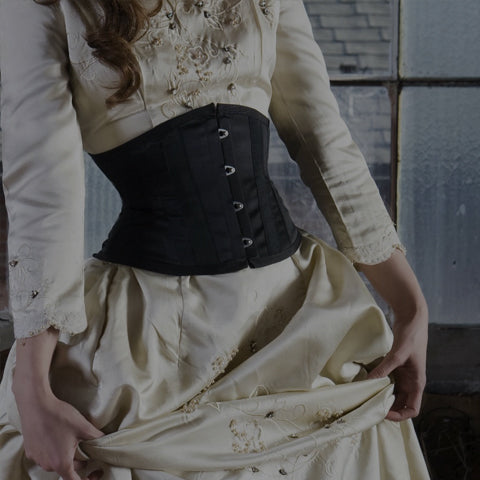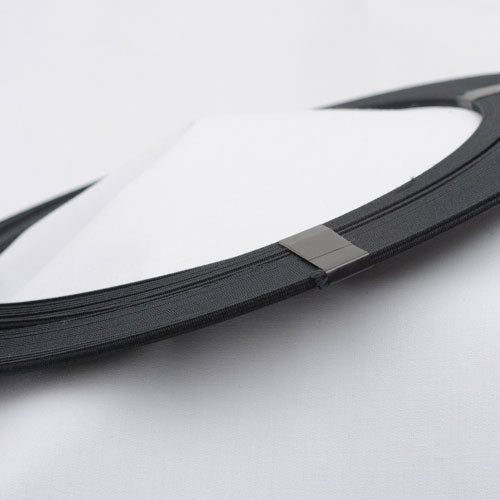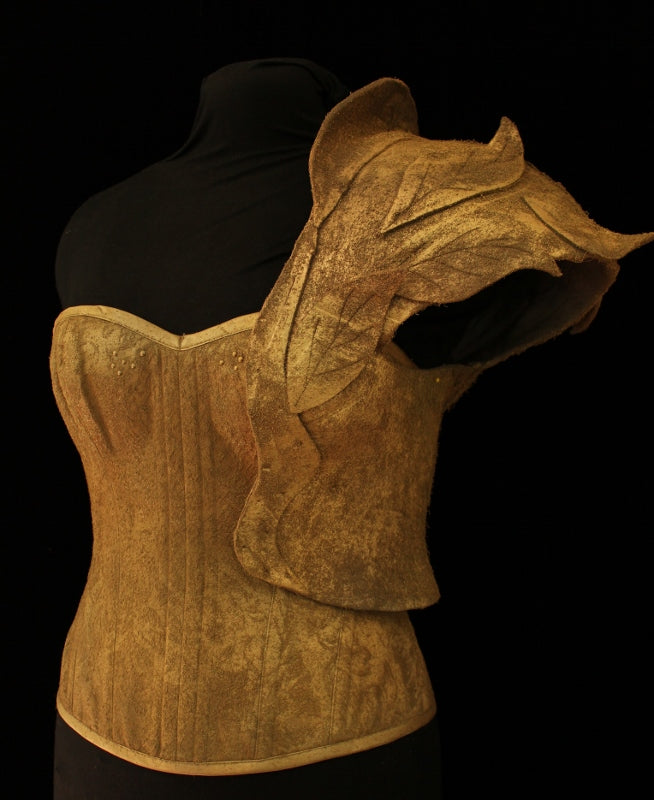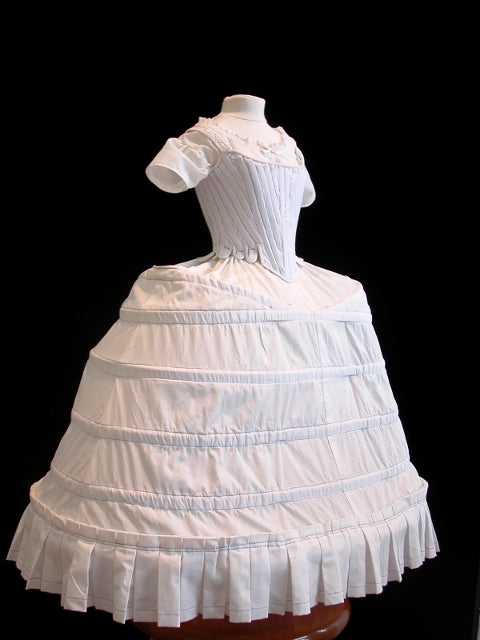Several years ago I took a Tutu making workshop and this is some of what I learned.
What is a classical tutu?
A classical tutu is the skirt of a ballet costume, it appears to be a flat, stiff circle extending straight out from the hips.
What type of net should I use to make a classical tutu?
The net for a classical tutu needs to be fairly stiff and should not be inclined to drape. Holes are usually small and net is usually fairly fine.
Farthingales offers both basic tutu net #24-5533- and crisp tutu net #24-5534-
Crisp tutu net is more commonly used for tutu’s that will see a lot of wear.
Here's a link to Farthingales Tutu Supplies
How much net do I need for a classical tutu?
This varies on the number of layers you want in the tutu, the depth of the layers and the width of the fabric. 5 – 6 meters is an average amount. I was amazed by this!
How many layers of net does a classical tutu have?
This is optional and an average number is 10….yes, 10 layers all sewn into a very small area. You may want to make you first tutu with fewer layers as 10 layers is very time consuming and more than a bit monotonous.
Are all layers the same size?
No, the layers of a classical tutu are graduated, the top layers are widest and the bottom layer are quite narrow – possible as small as 1 ¼” wide! The length of each layer also varies with the uppermost layer being about 3 times as long as the bottom layer.
How do I gather the layers for a classical tutu?
Using gathering threads does not work well as the lengths are so long and the abrasion to the thread as it’s drawn through the net will break it. Zigzag stitching over a cord adds too much bulk so it’s actually best to pleat the net rather than gather it. This presents its’ own challenge as you have to work out you pleat ratio so that your pleated length of net fits the knickers/panty. It is rather remarkable what a challenge this can really be! Work out the pleat depths before you pleat. The pleat ratio will change with almost every layer as the length varies.
Does the outside edge of the classical tutu net get treated in anyway?
Tutu net like most net, does not fray or unravel but the edge is usually cut in scallops or spikes and the cutting is done before the layers are gathered or pleated, while the net can still lay flat on a table. You may want to make a template for the scallops or spikes and mark the cutting lines onto the net layers.
What do the classical tutu ruffles get attached to?
The ruffles get attached to a panty or “knickers” and the knickers are made of a light yet strong net such as our #24-5507-01 (nylon veiling). The knickers are cut from two layers of this fine net and create a panty that supports the net, has marginal stretch, breaths and is barely visible on the dancer. I had assume the ruffles got attached to some seriously supportive fabric like coutil or duck...another surprise for me.
Does a classical tutu require any wire?
Some people do wire their classical tutus and some only wire a classical tutu that is being used in partner work. The wire helps maintain the shape of the tutu and this is particularly important when the ballerina is constantly bumping against a partner. It keeps the tutu net from getting crushed. It is not used to keep the tutu up.
Where does the wire go and what kind of wire is used?
Only a single wire is used and it is called “tutu wire” we sell it in both black and white 55-8504-01 & 55-8504-90 This wire is only about ¼” wide and is covered with a thread braid. It is sewn into one of the middle layers closer to the top and it is not sewn in the perimeter but a few inches in from the edge or 3-5 inches out from the body. The wire will not be visible.
About how long does it take to make a tutu?
An experienced tutu maker can make a tutu in about 16 – 24 hours. And that is just the tutu! That does not include the bodice or the decorative plate that goes over the tutu!
I have been sewing for over 20 years and some of those years were as a professional costumer, I have built dozens of corsets but the tutu workshop I attended to learn the above information taught me that the tutu maker has a level a patience that I cannot even imagine. I am not ashamed to admit that I did not finish my tutu in class nor have I attempted to finish it since! I got tired - sick to death - of pleating ruffles and having the tutu net scraping my neck, my hands and catching in my hair and on itself. It was not a fun experience – except for the people in the class. Thankfully I was sitting with someone who appreciated my humor and commiserated with my complaints! She did not get her tutu finished either but we did have some good laughs. Give me a corset rather than a tutu any day! I concluded a tutu is worth whatever the asking price.
Are there any patterns available for making a classical tutu?
“Yes” and “No”
There is at least one commercial pattern on the market but it is in no way a professional tutu. It is likely designed for a Halloween costume and would likely not work for dancers, although it may be acceptable for young girls. Always check with the dance school first.
I was originally a pattern drafter and wondered about the lack of patterns for this garment. Having taken the workshop I better understand that a commercial pattern would be a challenge to create. The ruffles are the key and they vary in both length and width and are apparently relative in size to the woman wearing them






Leave a comment
All comments are moderated before being published.
This site is protected by hCaptcha and the hCaptcha Privacy Policy and Terms of Service apply.